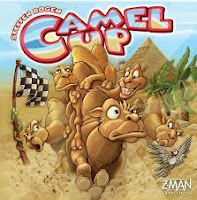On the spectrum of science fiction possibilities, I find myself most appreciative of writers who are trying to do something different than the mainstream. Naturally this can lead to odd conceptions, but I find such misadventures still more enjoyable than Joseph Campbell-ian action in space: push <here> to repeat. Robert Sheckley, Rudy Rucker, Bruce Sterling, Pat Cadigan, Kurt Vonnegut, Catherynne Valente, Jonathan Lethem, Micahel Swanwick—these and many others are writers who can be depended upon to regularly work outside norms in (mostly) successful fashion. Adam Roberts is another such writer, and his 2021 Purgatory Mount perfectly fits the bill. If there is anything predictable about Adam Roberts it is that he is unpredictable.
If Purgatory Mount were a journey, than it's cross-section would be shaped like a shallow bowl. Readers would start at one rim, learning about gods in a space ship who encounter a bizarre, Dauntian structure on an alien planet. Descending the slope of the bowl, readers would then uncover a primitive tribe of people seemingly on a generation starship. And finally, readers would hit the bowl's bottom and start an extended trek across it—the main body of the novel. About a group of teens in near-future USA, the five get into trouble when they copy (not steal!) a piece of protected IP from a tech company and hide it in their off-grid network. The police coming a knocking, what follows is a harrowing tale of when the system cracks and the rule of law falls apart.














